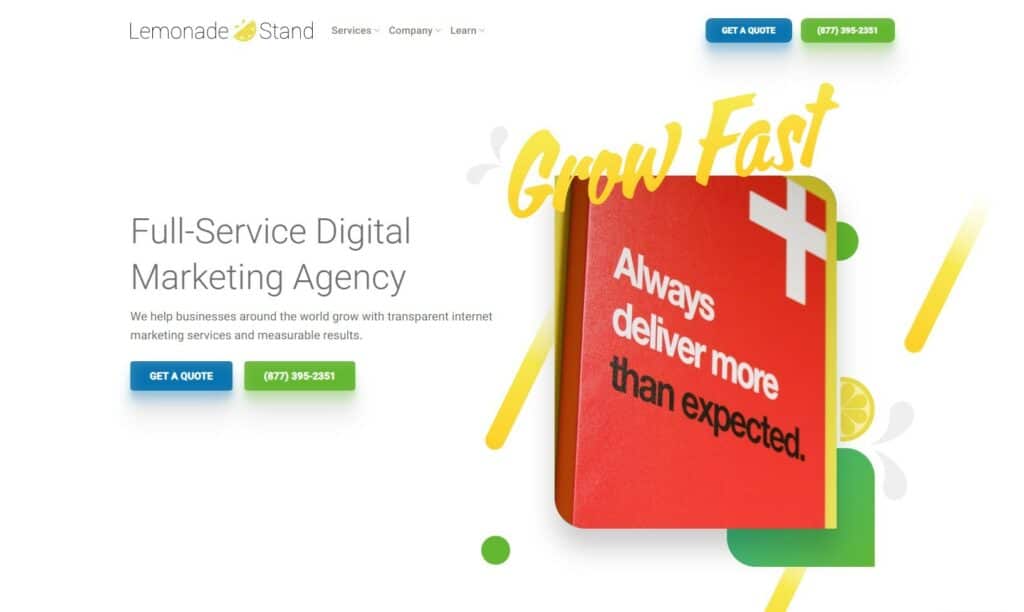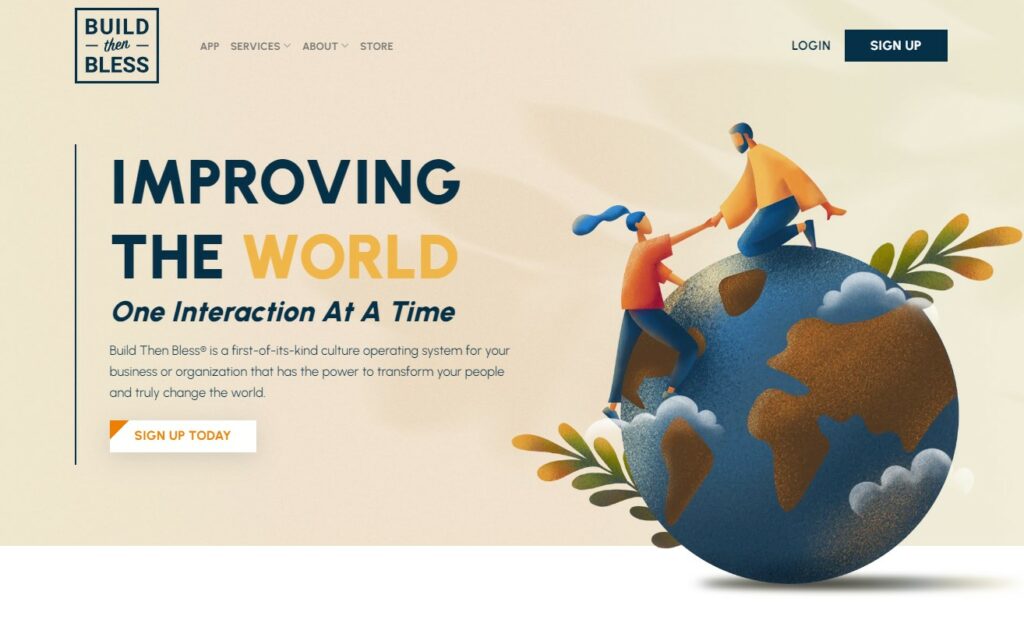Pillar content: the meat. Supporting content: the lettuce. Together, they make a fantastic sandwich. In fact, it’s Google’s favorite sandwich. The combination of pillar and supporting content signals to Google that your website is an authority on a specific topic, boosting your SEO ranking and driving more traffic to your site.
But what exactly are the differences between pillar vs. supporting content? And what kind do you need?
What Is a Pillar Page?
Pillar content refers to a main, comprehensive content piece about a specific topic. This content will cover all relevant information and provide a strong foundation for your website. It also serves as the main point of reference for all related topics on your website—making your site more user-friendly.
Pillar content typically takes the form of an in-depth guide, ultimate resource, or definitive list that covers everything there is to know about a particular subject. This type of content usually targets broad keywords and provides a comprehensive overview of the topic.
What Is Supporting Content?
Supporting content, on the other hand, refers to the individual pieces of content that support and expand upon your pillar content. These get a little more specialized—digging into the specifics of a particular aspect. Supporting content usually targets long-tail keywords and provides more detailed information on a specific topic related to your pillar content.
The Role of Pillar Pages and Blogs in Successful SEO
Pillar and supporting content work together to create a strong internal linking structure on your website. This is crucial for SEO because it helps Google understand the hierarchy and importance of different pages on your site.
Clear Site Architecture
Think of your pillar content as the trunk of a tree, with all your supporting content branching off from it. The more branches you have, the stronger your tree will be. And the stronger your tree is, the more likely it is to rank higher on Google’s search engine results pages (SERPs).
SEO is no longer all about keywords—it’s also about the topics surrounding your keywords. If a user visits your site to read a “branching” blog, eventually, they’ll make their way over to the trunk. And the more quality branches you have, the more likely they’ll stick around.
Avoid Keyword Cannibalization
Keyword cannibalization happens when multiple pages on your website target the same keyword, confusing search engines and diluting the authority of your content. By having clear pillar vs. supporting content, you can steer clear of this issue and keep your website’s content perfectly organized.
Comprehensive Topic Clusters
Creating topic clusters/supporting content signals to Google that you’re not only an expert on your keyword’s topic, but you also can answer user’s other questions that they will have on the topic. This makes your website more valuable and trustworthy in the eyes of search engines, boosting your SEO ranking.
User Experience
Having clear pillar vs. supporting content also enhances the user experience on your site. It provides users with a clear understanding of your topic and allows them to easily navigate to related content. This can lead to longer site visits, increased engagement, and ultimately, better conversion rates. Now that’s the dream.
How Do I Create Pillar Content?
If pillar content isn’t necessarily something you’ve thought about, don’t worry—you can start now. Here are some tips for creating effective pillar content:
- Evaluate Your Website: Are your core service pages informative enough? Could they be transformed into your pillar content with a little tweaking? If not, consider creating a new page dedicated to your pillar topic.
- Consider Consumer Questions: What questions do your customers ask that you could turn into the most helpful content possible? Use these to guide your pillar content creation.
- Keyword Research: Conduct thorough keyword research to determine relevant and competitive keywords for your topic. This will help you optimize your pillar content for better SEO.
- Organize Your Content: Create a clear and logical structure. Use subheadings, bullet points, and other formatting tools to make it easy to read and navigate.
- Optimize for SEO: Use your target keywords strategically throughout your pillar content, including in the title, subheadings, and meta description.
How To Strategize Supporting Content
Once you have your pillar content created, it’s time to start planning your supporting content. This includes researching topically-related questions and writing blogs to answer user queries.
That’s the main difference between pillar vs. supporting content—you want your website to be as informative and user-friendly as possible, so your supporting content should answer potential customer questions before they even have a chance to ask.
For example, let’s say your main pillar page is about booking your wedding venue. Some potential supporting blog topics could be:
- 10 Questions to Ask When Touring Wedding Venues
- Your Ultimate Wedding Timeline Checklist
- When to Choose Your Wedding Party
- How Soon to Book Your Wedding Venue
- How Many Months Do You Need to Plan A Wedding?
You get the idea. Each supporting blog provides valuable information directly tied to booking a wedding venue, which strengthens your pillar page and provides comprehensive information.
The Moral of the Story: Create the Right Type of Content
Content is king. With good content, you have a better chance of ranking higher on Google and driving more traffic to your website. But it’s not just about creating any content—it’s about creating the right kind of content.
With clear pillar vs. supporting content, your site becomes an authority—an attractive site for search engines and users alike. So the next time you’re planning your SEO strategy, remember to include both pillar and supporting content in order to achieve maximum success.
Need help figuring out your pillar and supporting content? Lemonade Stand has content strategists ready to plan out your content and in-house writers ready to write it. Test our response time and see how fast we can answer your questions!


